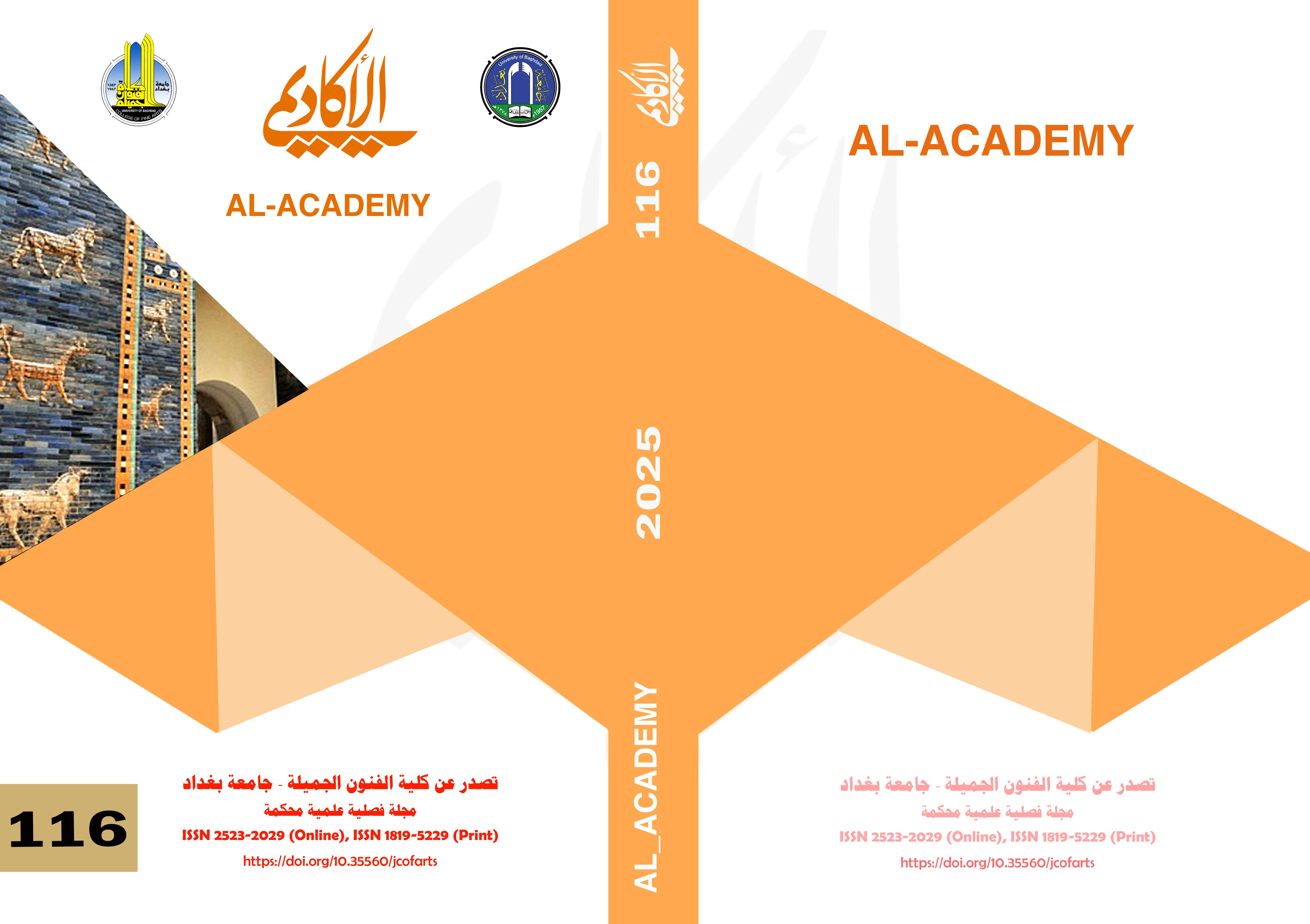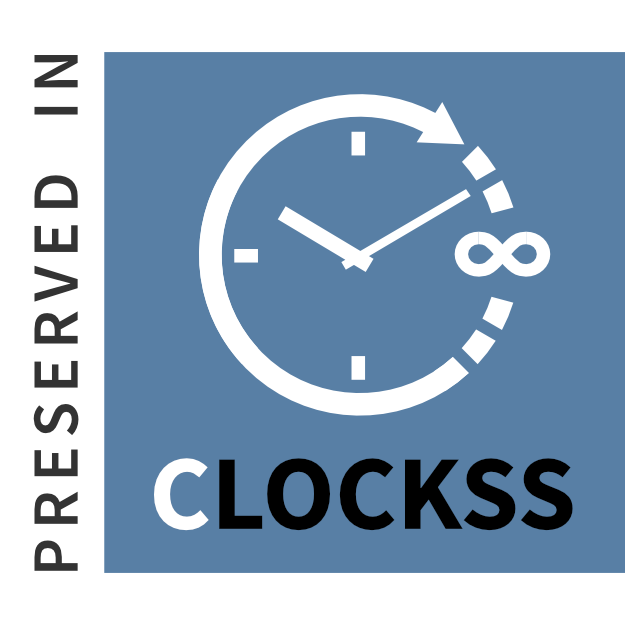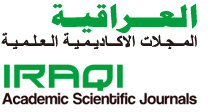The imagined image according to the paradigm theory of contemporary plastic arts and its representations in the works of art education students.
DOI:
https://doi.org/10.35560/jcofarts1319Keywords:
Imagined Image, Paradigm Theory, Contemporary Plastic Arts.Abstract
The post-modern plastic discourse has a vision in which it exceeded the limits of reason, overthrowing all values, including aesthetic and artistic ones, and the imaginative system in it adopted systems that were not prevalent in previous eras, which brought about a comprehensive transformation in artistic methods and techniques, if this subjectivity in its interaction with the variables and transformations imposed by the stage had an impact. It is clear in the production of features, including free play, and the absence of a fixed center in the painting and in its production as well, which allows the artist’s imagination the freedom to use whatever materials and raw materials he wants that were previously marginalized to the center of attention, and thus art schools formed the tool in expressing ideas by moving away from Objective art, inherited traditions, and moving away from all traditional methods of implementation.
The first chapter - the methodological framework included the research problem, and then the importance of the research came in shedding light on the imagined image and its representations in the works of art education students. The aim of the research is to identify the imagined image in accordance with the Paradigm Theory of Contemporary Fine Arts and its representations in the works of art education students.
The theoretical framework included three axes - the first axis: the imagined image, the second axis - paradigm theory, and the third axis - contemporary plastic arts. The main aspect of the third chapter is represented by the research procedures, methodology, and its sample, which amounts to (2) artistic works.
As for the results and conclusions reached by the researchers:
1- The student set out to implement his plastic product from an imagination that violated the rules and inherited traditions with the aim of making the recipient aware of the number of interpretations that express subconscious storehouses and internal secrets.
2- The student’s work on the imaginative content and color contrast in an aesthetic way demonstrated a kind of arousal of the recipient’s attention.
References
- Rifater, The Semiotics of Poetry, The Meaning of the Poem, Dar Elias, Cairo, 1986.
- Reed, Herbert: Present Art, 2nd edition, edited by Samir Ali, House of General Cultural Affairs, Baghdad, 1986.
- Obaid, Claude, Fine Art - Criticism of Creativity and the Creativity of Criticism, 1st edition, Dar Al-Fikr Al-Lubani for Printing, Publishing and Distribution, Beirut, 2015.
- Garudi, Roger: The materialist theory of knowledge: Arabization, Ibrahim Qurait, Damascus Publishing House, b, t..
- Descartes, René (1968): An Essay on Method, 2nd edition, translated by: Mahmoud Muhammad Al-Khudari, Dar Al-Kitab Al-Arabi, Cairo.
- Jassam, Balasim Muhammad. (2019). Art and trash...the transformation of aesthetic taste. Al-Academi Magazine (Issue 92), College of Fine Arts - University of Baghdad
- Al-Rubaie, Ali Muhammad Hadi, The Concept of Imagination in Contemporary Theater, doctoral thesis (unpublished), Babylon, 2004.
- Al-Rawi, Yumna Al-Eid, Location and Form, Arab Research Foundation, Beirut, 1986.
- Al-Najati, Muhammad Othman (1961): Sensory perception according to Ibn Sina, Dar Al-Ma’arif, Cairo, p. 205.
- Mustafa, Ghalib (1998): For the sake of a philosophical encyclopedia, Dar Al-Hilal for Printing and Publishing, Beirut.
Al-Mesiri, Abdel-Wahhab Muhammad, Partial Secularism and Comprehensive Secularism, Dar Al-Shorouk, Cairo, 1st edition, 2002.
Al-Mesiri, Abdul-Wahhab, Muhammad: The World from a Western Perspective, Al-Hilal Book, Issue: 602, 2001,
Al-Kanani, Muhammad Jaloub, and Ikhlas Yas (2014): Social Communication in Postmodern Arts, Al-Academy Magazine, No. 67, dated 9/1/2014.
Kuhn, Thomas, The Structure of Scientific Revolutions, 1st edition, translated by: Shawqi Jalal, The World of Knowledge, Kuwait, 1995.
-Reid, Herbert, Art Today: An Introduction to the Theory of Contemporary Painting and Sculpture, 2nd edition, Dar Al-Maaref, Cairo, 1985.
Kuhn, Thomas, The logic of detection or the psychology of research?, on critical articles on the structure of scientific revolutions, translated and presented by: Maher Abdel Qader Muhammad Ali, Alexandria University Knowledge House, 2000.
-. Al-Zubaidi, Qusay Tariq Jassim. (2011). The stylistic shift in art towards Dadaism. Al-Academi Magazine, Issue 58, College of Fine Arts, University of Baghdad.
Downloads
Published
Issue
Section
License
Copyright (c) 2025 Douha shaker nama, Kanaan Ghadhban Habeeb

This work is licensed under a Creative Commons Attribution 4.0 International License.













